Providing housing options for its residents has always been a priority for Layton City. With substantial population growth and rapidly increasing housing costs, Layton also remains committed to housing for its workforce, including those who serve on Hill Air Force Base. Layton City’s land use policies and myriad choices help preserve the health, safety and well-being of its residents and workforce in its community while enhancing their quality of life and prosperity for future generations.
Layton City supports diverse housing options in a variety of neighborhood locations to meet the needs of residents and a growing local workforce. Housing in turn supports non-residential uses, including employers that benefit from housing options for employees at all income levels and career stages, and retail uses that rely on nearby residents and employees to purchase goods and services. The City’s General Plan – “Layton Forward” establishes a strategy of dispersed Town Centers, Urban Districts and Business Centers throughout the community, to serve surrounding residential neighborhoods and to reduce travel time between home and business. Layton’s emerging centers are attracting mixed-use walkable development for greater community diversity, while establishing visual interest, variety and vibrancy as places of commerce and enjoyment in the community (Layton Forward, Chapter 2, pg 8)
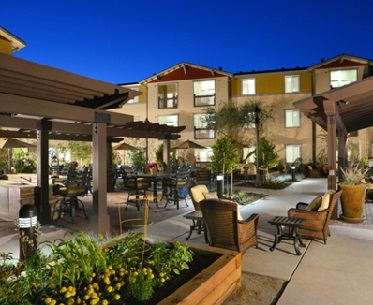
Includes residential flats in multi-story building(s) that may be for rent (apartment) or sale (condo) housing, with a density range of 12 to 24+ units per acre.
Attached or detached single family housing with a moderate density ranging between six and 12 units per acre, townhomes, and mansion homes (attached units built to look like one large home).
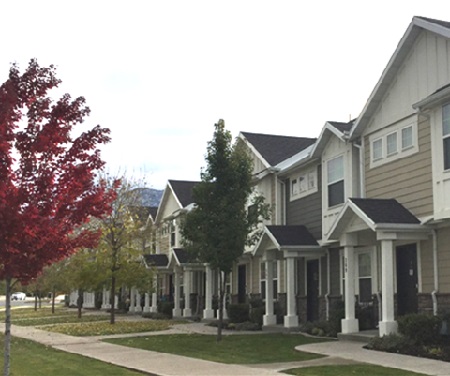
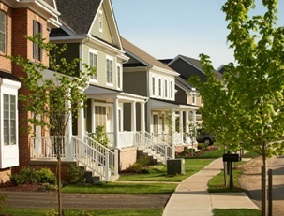
Detached single family, twin homes or patio homes. These housing types are located near more intensive commercial land uses and along arterial transportation corridors.
Single family residential homes in planned neighborhoods with a base density of about four to six units per acre.
Single family residential homes in existing neighborhoods and subdivisions. Includes vacant or agricultural land areas where future development at a base density of three to four units per acre.
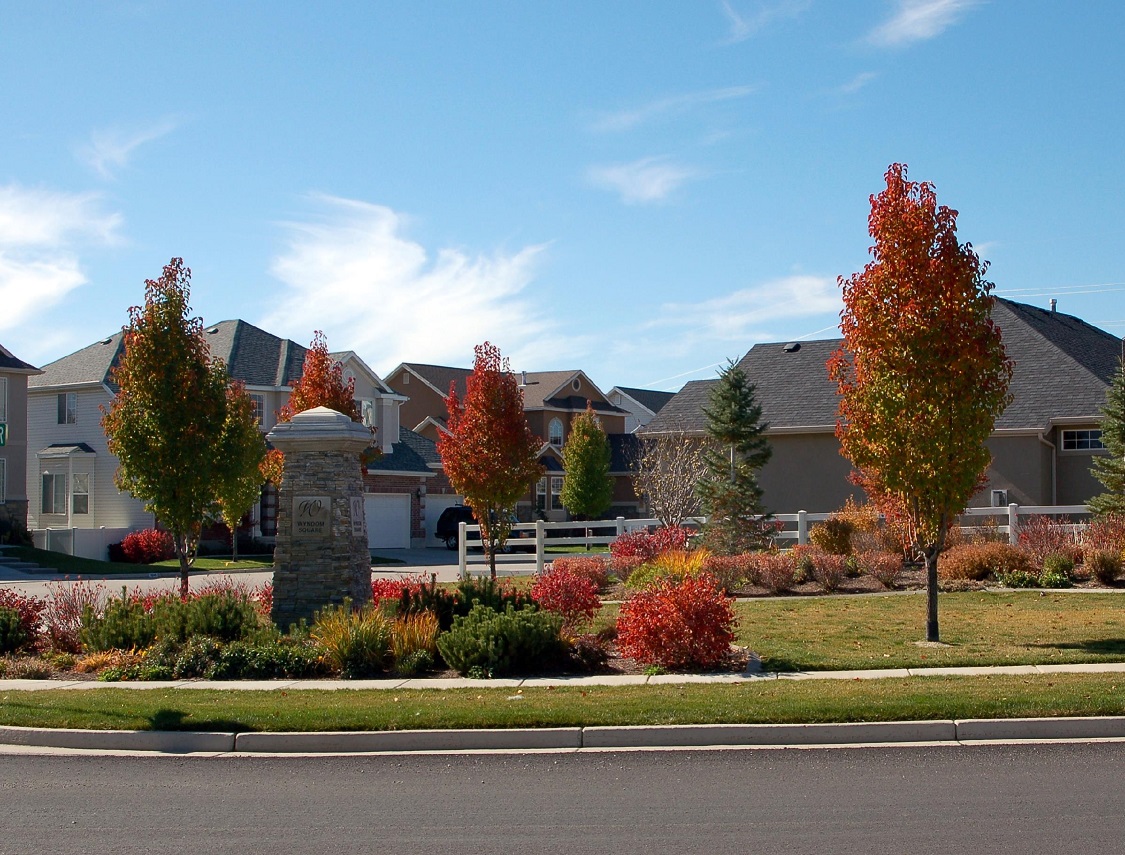
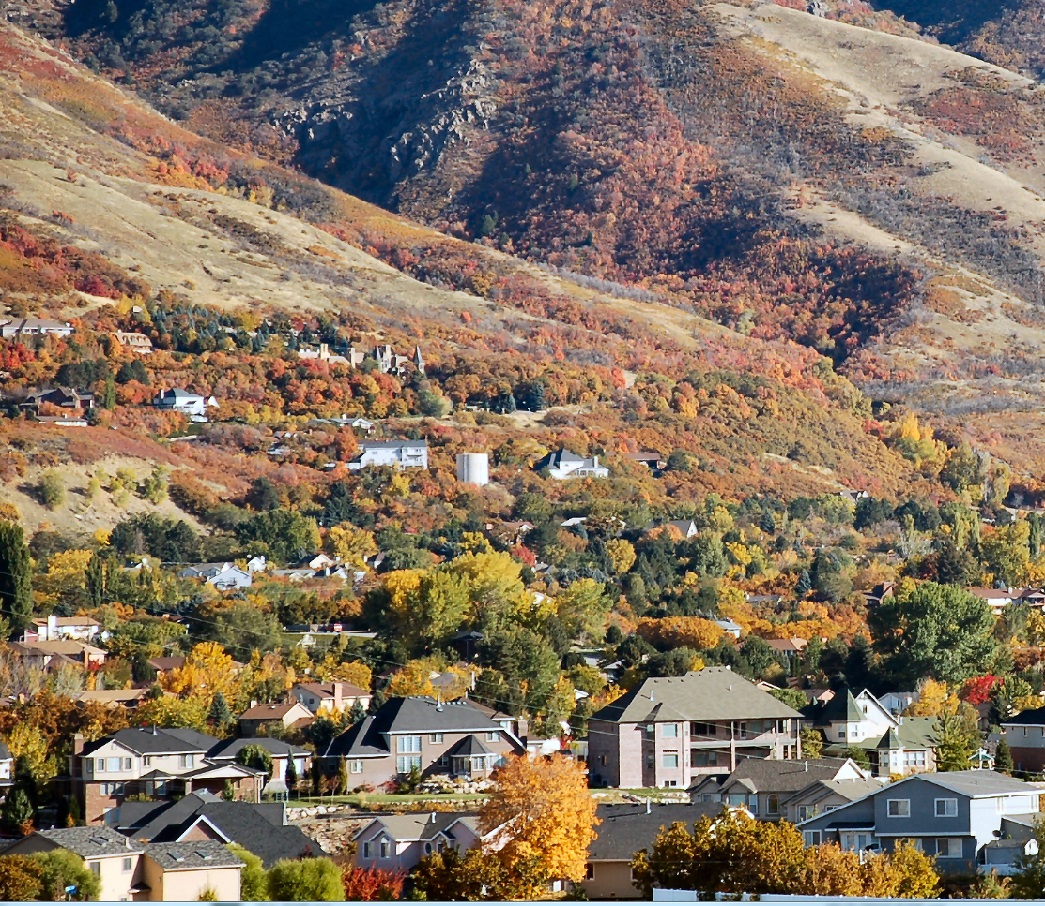
Homes in standard suburban subdivisions and parcels with agricultural uses (such as crop production, animal keeping, beekeeping and pasture areas). Low Density Residential areas include existing neighborhoods with a base density of one to 3.5 units per acre.
Homes in these areas typically include a density of one to 3.5 units per acre. Homes in these areas enjoy a greater percentage of open space for recreational activities, common garden areas or professionally operated agriculture plots.
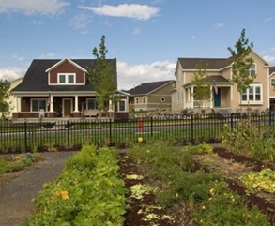
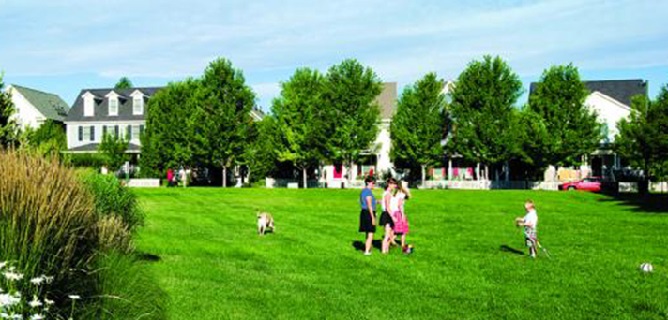
Households in these areas are typically members of a Home Owner’s Association (HOA), and enhance the quality of life and aesthetic quality of a residential development.